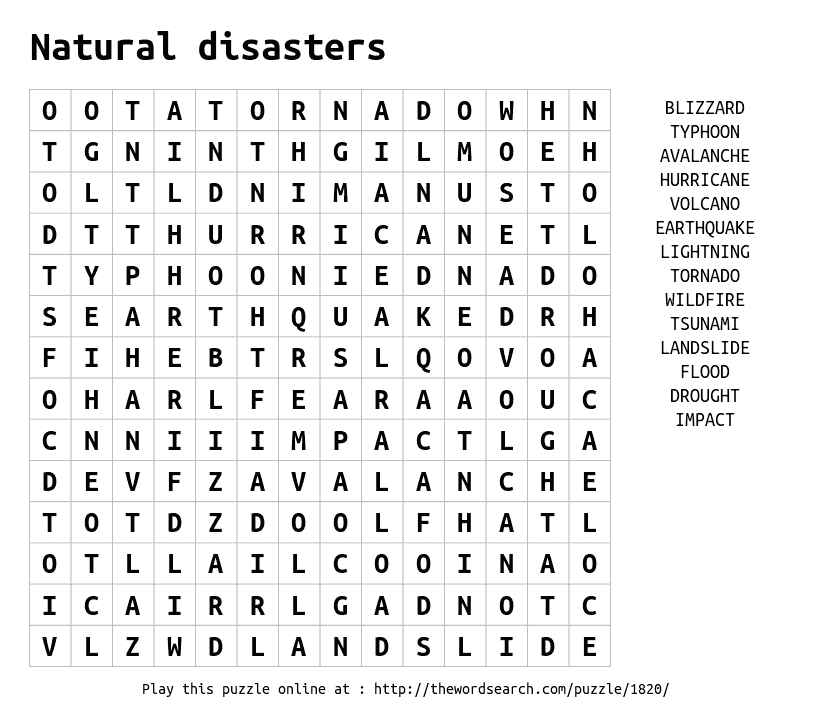IELTS test coming soon? Seriously out of shape? Give yourself an instant IELTS workout with these 30-minute exercises.
1. Bench-press these TED talks
Watching TED talks can be great entertainment. However, when watched passively, TED talks don’t always make for good language learning. The solution? Try these four short TED talks, which come with authentic IELTS Listening questions. It should take you around 30 minutes to do all 40 questions, just like the real test.
2. Build your listening stamina
How often do you exercise your ears? The BBC’s 6 Minute English is a great way to build your listening stamina. Each recording discusses a topic of the day and comes with questions to test your comprehension. Try listening to four in a row to develop your powers of concentration.
3. Do some accent training
Are you easily confused by unfamiliar accents? Baffled by Brits? Afraid of Aussies? Here’s an easy way to get familiar with a variety of English accents in just 30 minutes. This post on English accents features ten native speakers with ten different accents reading the same three-minute script.
4. Hit the spelling gym
English is rightly famous for its irregular spellings. As a result, it takes years of hard work to become a true spelling master in English. But in the short term, it pays to learn some of the basic spelling rules and common errors. This article introduces some common spelling mistakes in IELTS.
5. Train your eyes
Your IELTS workout needn’t be strenuous. Wordsearches are a fun way to train your eye to scan for words in a text – an essential skill for IELTS reading. The website Thewordsearch.com features hundreds of wordsearches arranged by topic. Try this one on natural disasters to get started.
6. Exercise those hand muscles: write a letter
How often do you write things by hand? It’s no wonder that many of us are unprepared for the handwritten tasks in IELTS Writing. Get out some paper and a pencil (you do own these items, right?) and practice writing a letter to a friend. Or see these letter-writing topics for inspiration. Writing a letter, of course, is a requirement in IELTS General Training.
7. Obey the data: analyse charts and graphs
Let’s face it, we’re as likely to study charts and graphs in everyday life as we are to write a letter! No wonder that some people are lost in IELTS Writing Task 1. As part of your regular IELTS workout, train your brain to analyse visual data. These tables, charts and graphs from Cliff Notes include some questions to test your understanding.


